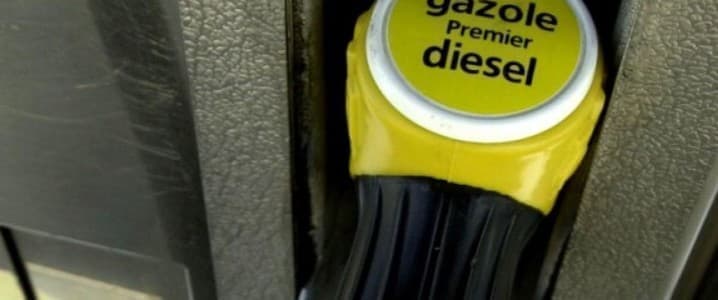
Continued tightness in middle distillate inventories globally is balancing recession fears among commodity traders, pushing them to bet on fuel futures even as they exit crude oil.
Reuters’ market analyst John Kemp reported this week that institutional traders had sold the equivalent of 21 million barrels of crude in futures but had bought the equivalent of 14 million barrels of middle distillates in futures in the week ending June 13.
Meanwhile, in a sign of continued strong demand for distillate fuels such as diesel, Reuters reported that China’s diesel fuel exports had increased fourfold in May. The report noted weaker demand at home, which could have discouraged traders from oil and fuels altogether, yet growing exports suggest strong demand elsewhere, prompting a greater appetite for fuel buys.
China exported 600,000 metric tons of diesel last month, up from 120,000 metric tons in May 2022, the report said, with gasoline exports also surging, by 67%, to 1.36 million tons.
Europe is one obvious destination for Chinese diesel. After banning Russian crude and fuels, the continent has not exactly been able to stop using them. It has just had to find new suppliers, and China has emerged as a big one among them, along with India.
Saudi Arabia has somewhat surprisingly joined the ranks of diesel exporters to Europe despite its popularity as a crude oil exporter. The Kingdom has been buying a lot of Russian diesel and exporting its own diesel to Europe. In April, Saudi Arabia became the second-biggest exporter of diesel and gas oil in the world.
Perhaps the consistent demand for fuels is among the reasons who commodity futures traders have increased their positions in European gas oil in five of the last six weeks, according to Reuters’ Kemp. The cumulative increase since late May has reached the equivalent of 24 million barrels.
Meanwhile, Argus reported that the premium, at which European diesel is trading to dated Brent in northwestern Europe, has been on the rise, reinforcing the perception of strong fuel demand despite the eurozone recession. On June 15, the premium hit $24 per barrel, Argus noted, adding this was the highest gap between dated Brent and diesel since the end of March.
In Europe, stocks of distillate fuels have at the same time declined, further pointing to healthy demand. Globally, these remain tight despite the economic slowdown that sparked fears of a recession and the decimation of oil demand.
Reuters’ Kemp again noted that in a recent column, noting that distillate stocks in Europe were 32 million barrels higher at the end of May than the trough they’d reached a year ago but that they were still 32 million barrels below the 10-year seasonal average.
In the United States, Kemp reported, distillate stocks were 5 million barrels higher now than a year ago, but they were 22 million barrels lower than the 10-year average for this time of the year.
At the same time, the U.S. Energy Information Administration said that diesel fuel consumption in the United States, except the West Coast, had climbed above the 10-year maximum in March. The exception was attributed to greater biodiesel consumption on the West Coast rather than lower demand.
It appears, then, that even with an economic slowdown, an uneven post-pandemic recovery in China, and an actual recession in much of Europe, demand for fuels remains robust enough to push prices higher and entice traders to buy more futures in that segment. Perhaps the fears for oil demand that have been gripping the market for months may have been premature.
Source: https://oilprice.com/
